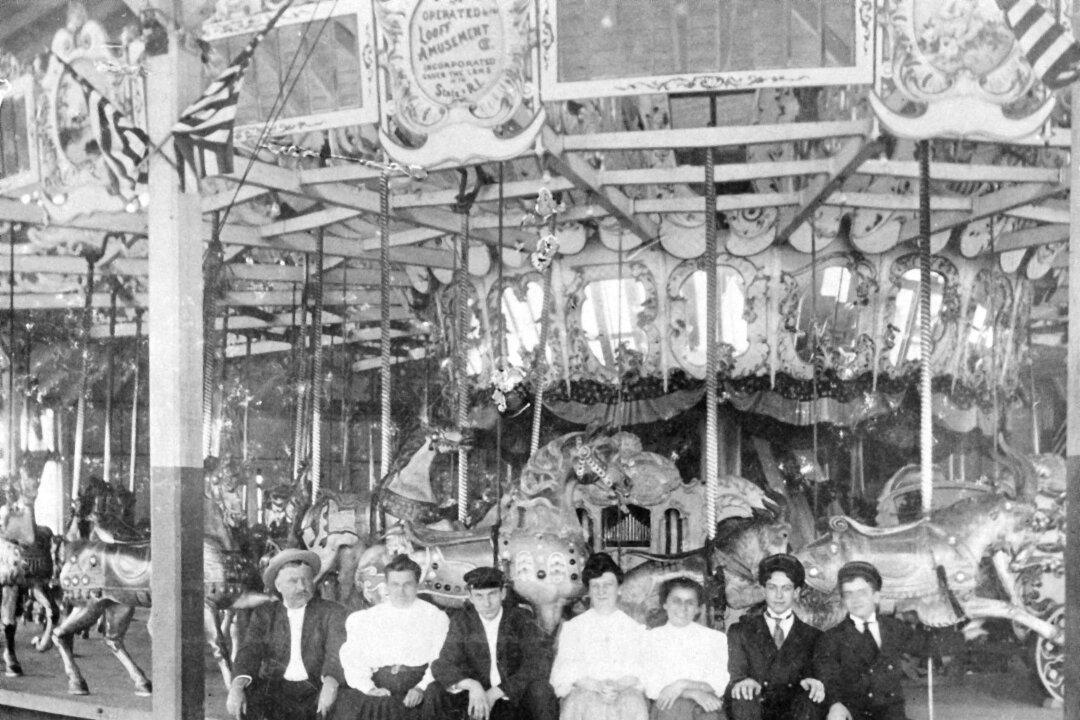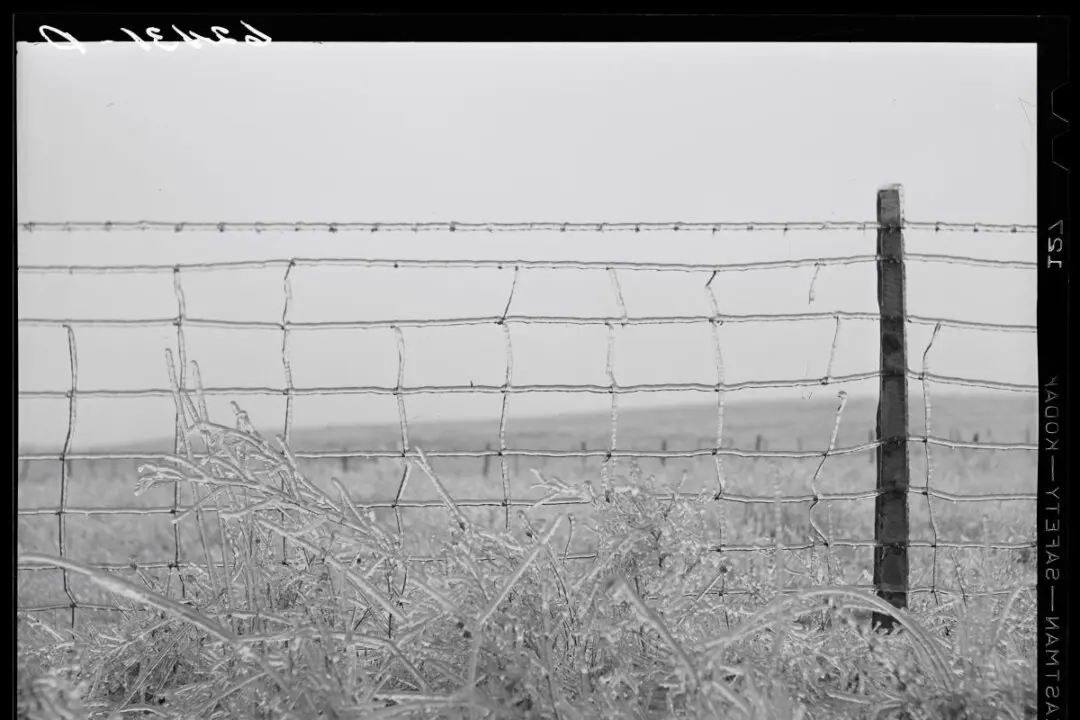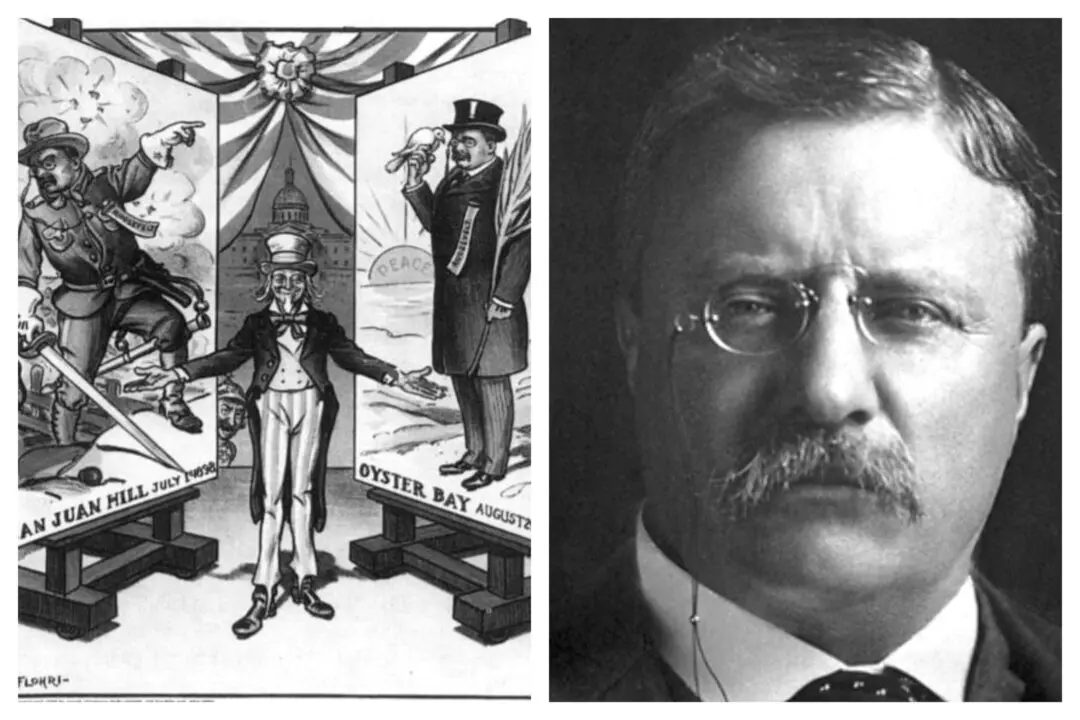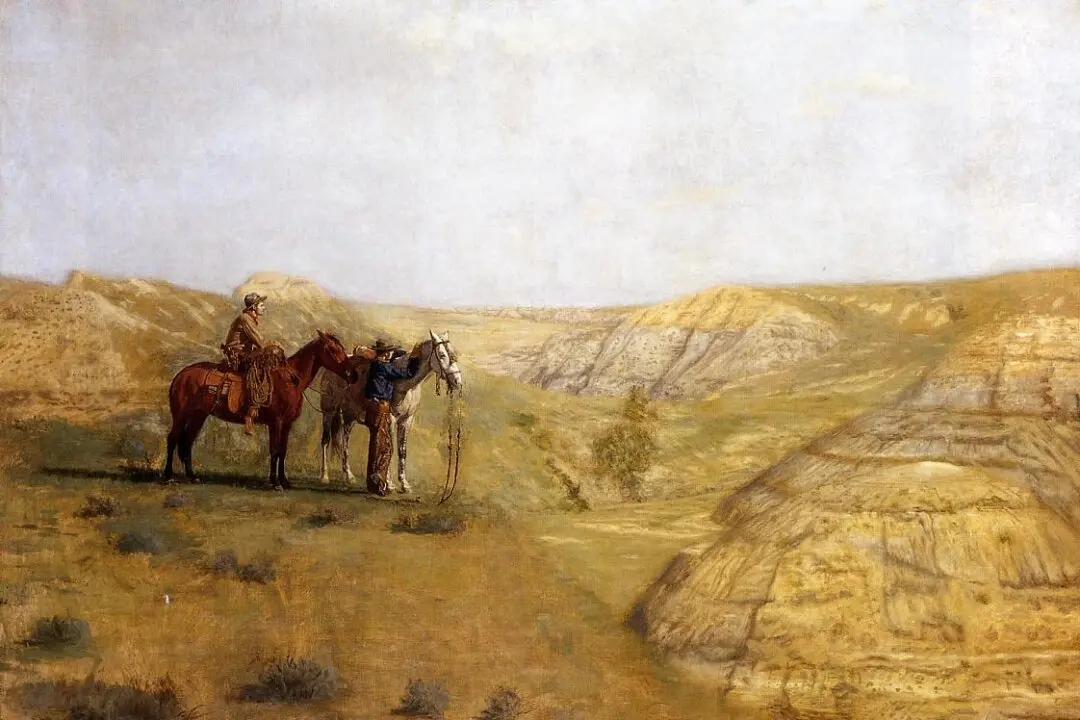During his teenage years in the 1860s, Karl Jurgen Detlev Looff began working in wood carving. His gift for artistic design in wood would have a significant effect on the world of entertainment.
Geopolitical conflicts and outcomes help explain why various sources often deem Looff (1852–1918) either a Dane or a German. He was born in the Duchy of Holstein, which had an interesting history before his birth in 1852. It became a county within the Holy Roman Empire in 1111 and then a duchy from 1459 to 1815. After 1815, the Duchy was incorporated into the German Confederation—fitting, since most of those who had lived in the duchy were German.






